Wes Anderson’s latest undertaking, “The French Dispatch,” is—if nothing else—charismatic. Doing what he does best, the filmmaker and writer effortlessly blends striking visuals with maniacal humor in one of 2021’s most anticipated films, which premiered at the Cannes Film Festival July 12 and released to major cities Oct. 22 after a yearlong delay because of the COVID-19 pandemic.
The film follows Arthur Howitzer Jr. (Bill Murray—a classic Anderson muse), owner of “The French Dispatch,” a magazine reminiscent of “The New Yorker” and an outpost of the Liberty, Kansas Evening Sun, which Murray’s character inherited from his family. Set in a fictional town in France, the film chronicles three stories in the magazine’s last issue, each their own commentary on the beauty and fallacy of human behavior and livelihood.
The movie’s unique structure is a perfect accolade to Anderson’s screenwriting abilities, considering he is praised most for his visuals and aesthetics. It allowed “The French Dispatch” to incorporate themes of artistic exploitation, war, “journalistic neutrality” and kidnapping, all in 103 minutes. As an auteur who aims for symmetry and diligently calculated writing and movement in his movies, only Anderson—and his fellow conceivers, of course, the likes of which included Roman Coppola—could execute this structure so well. As each still shifted to the next, it became easier to be fully enraptured in the colors and visual beauty the movie as a whole delivered to its audience.
Although it must be challenging to tell stories through the minds of journalists, the perfectly rendered cast managed to do it so well, particularly Frances McDormand, who plays a weathered journalist observing young French revolutionaries in the second story. Loyal to the values of journalistic neutrality and integrity, McDormand’s character struggles to resist falling in love with one of the revolutionaries, Zeffirelli (Timothee Chalamet). Like other Anderson films, such as “Moonrise Kingdom,” the actors’ chemistry is subtle yet very telling; arguably, Anderson’s greatest asset is his utilization of other scene elements, like placement and pacing, to allow for a story to be told through elements outside of dialogue. Each of the three stories in this movie contains this asset in quick but endearing moments, such as the connection between the imprisoned artist and his prison guard in the first, McDormand and Chalamet in the second and a brief interaction between Saoirse Ronan and a kidnapped child in the third.
In an attempt to maintain the three-story structure, some scenes appeared overdone and hard to decipher, especially since each story covered so much. Simply because of his goal to have three plotlines in one film, it was too chaotic at times, even for Anderson. Yet, artistically curated transitions and even an animated action sequence toward the end provided compromise for this minor flaw. The animation could have been worse—but it wasn’t; it still suited Anderson’s style and provided an unexpected extra sense of vitality to the movie. Had it not been there, “The French Dispatch” might have appeared too dull and incomplete at its ending.
“The French Dispatch” is a must-see for all movie-lovers, who will likely be inspired by how Anderson and his talented cast endearingly represent creative humans in this “love letter to journalists.”
Did you enjoy “The French Dispatch”? Let us know in the comments below.












































































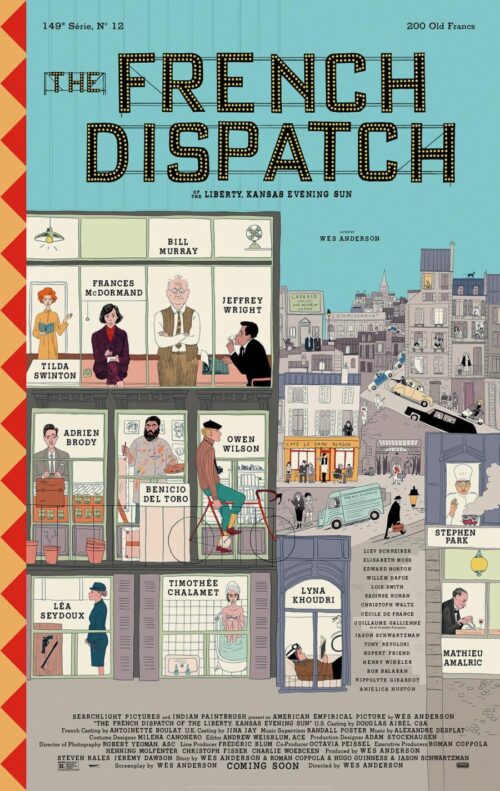

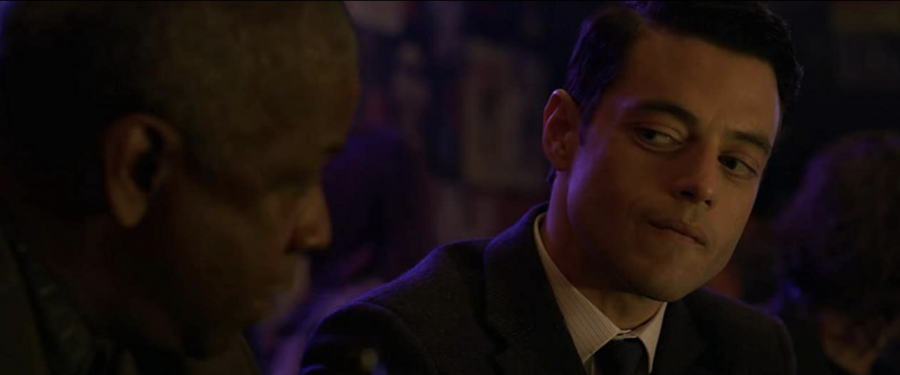

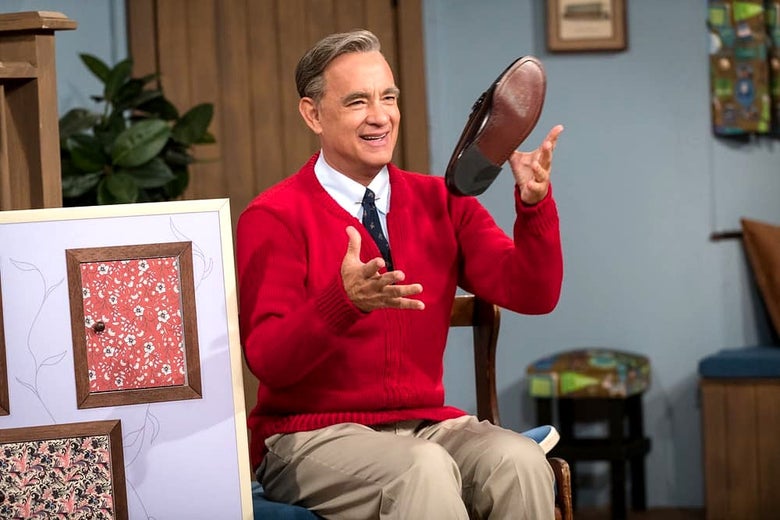


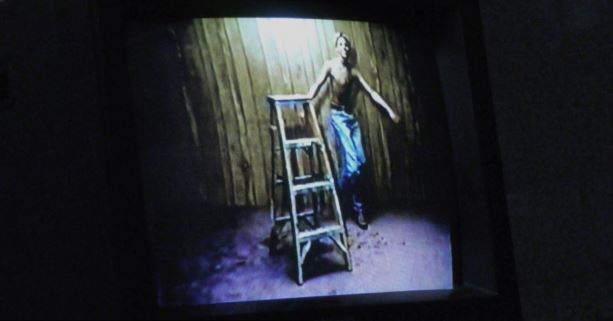

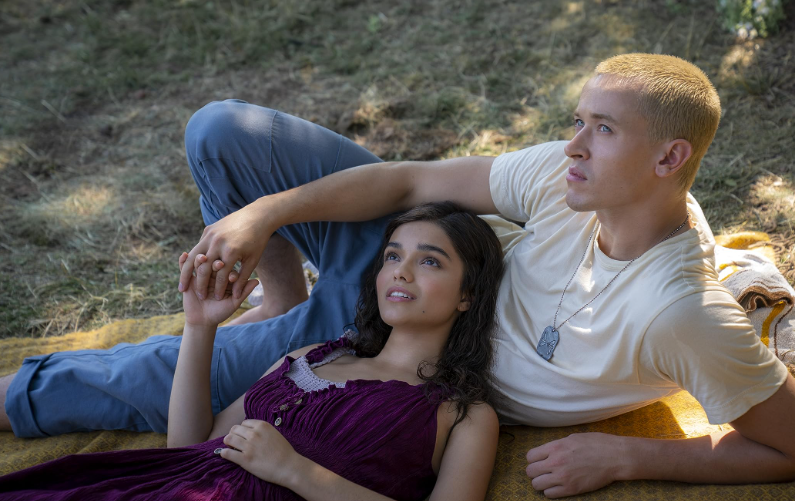
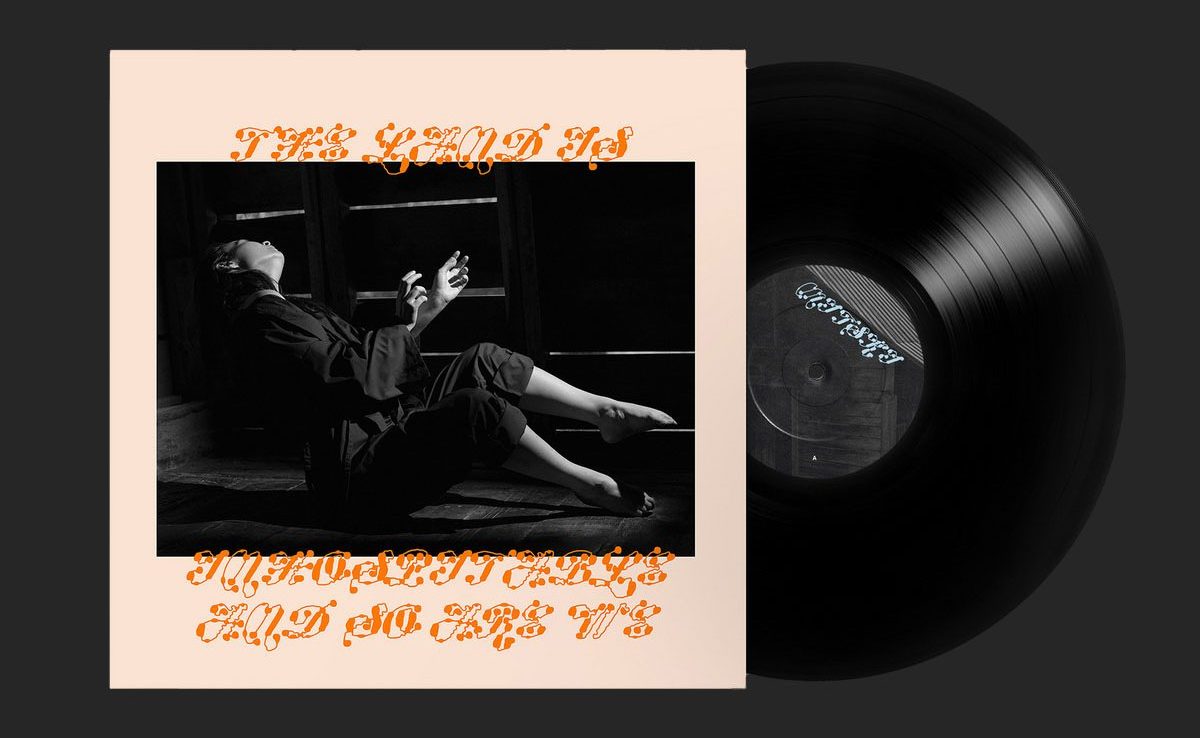

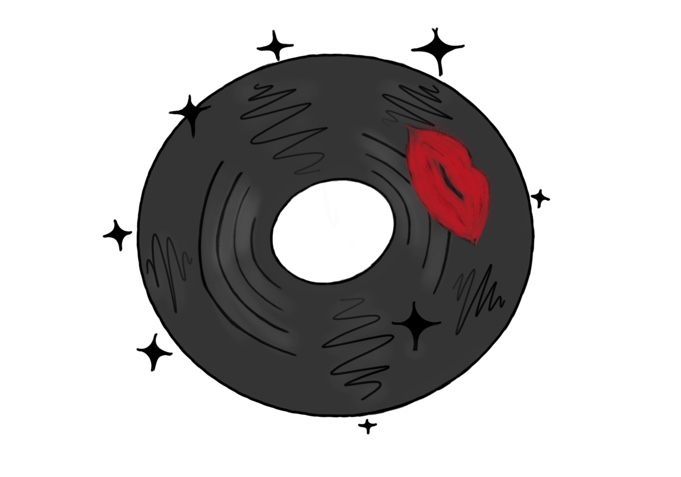
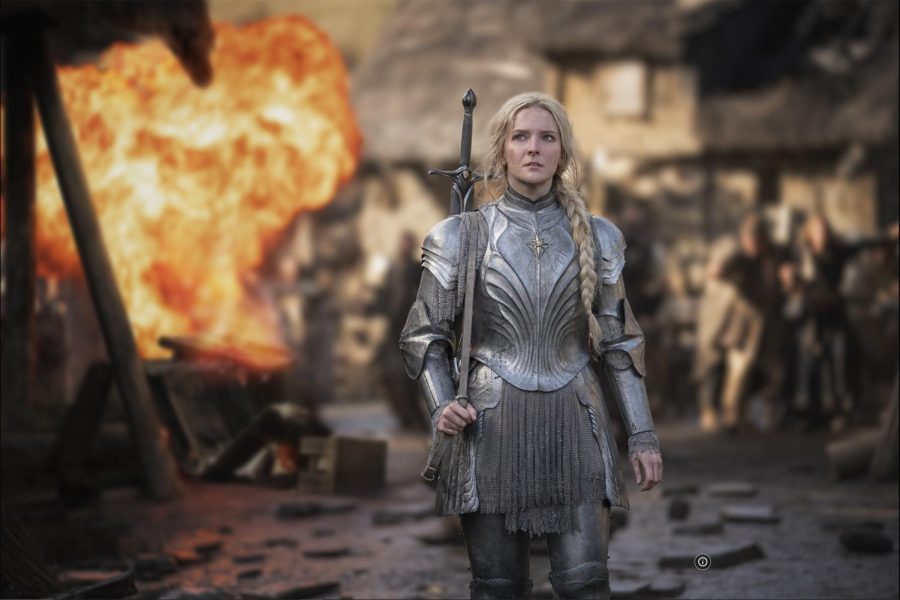

Luke Stagg • Nov 15, 2021 at 11:03 pm
Great review!! Even though this was not among my favorite of Anderson’s films, I can’t deny a rewatch is necessary at the very least for the purpose of soaking in as much of the background detail as possible. At times, this movie is more of a sensory-overload than any of his others, which, for Anderson’s work, is nowhere near an insult.